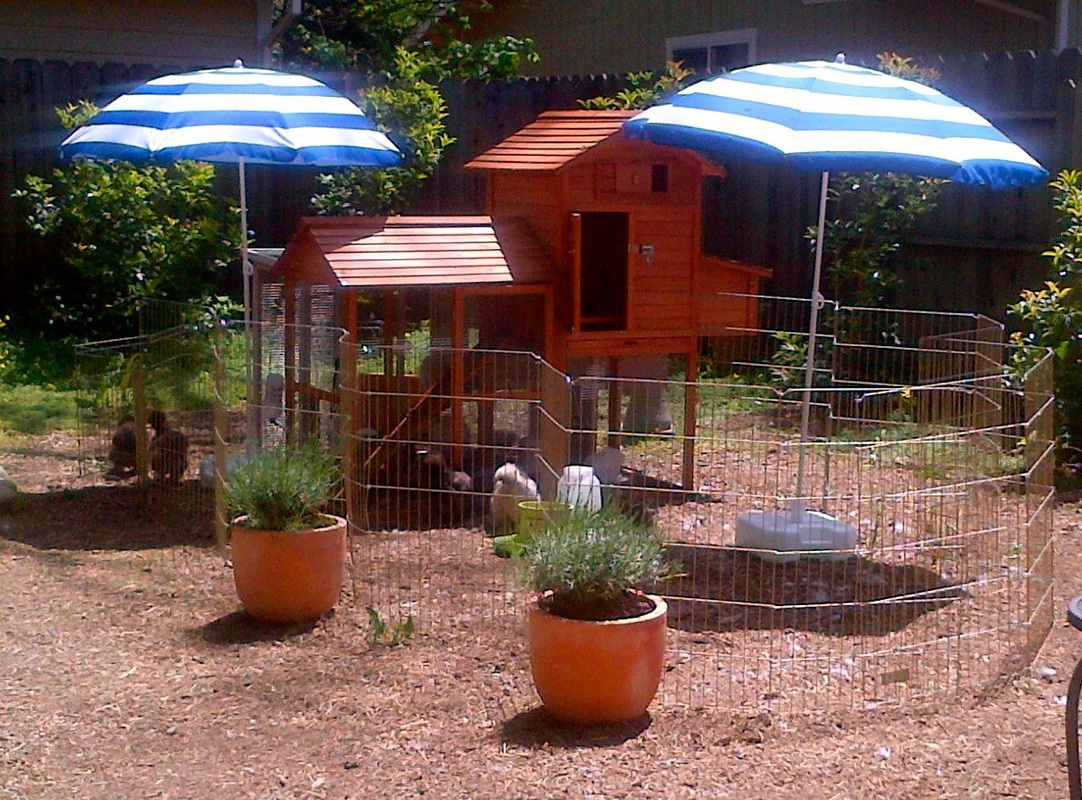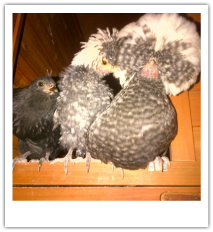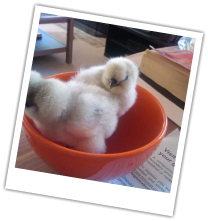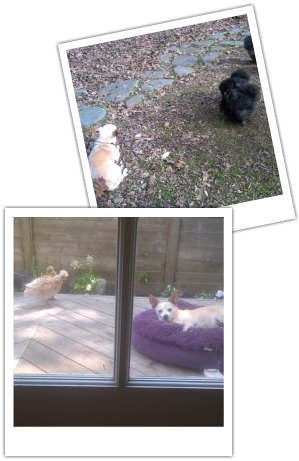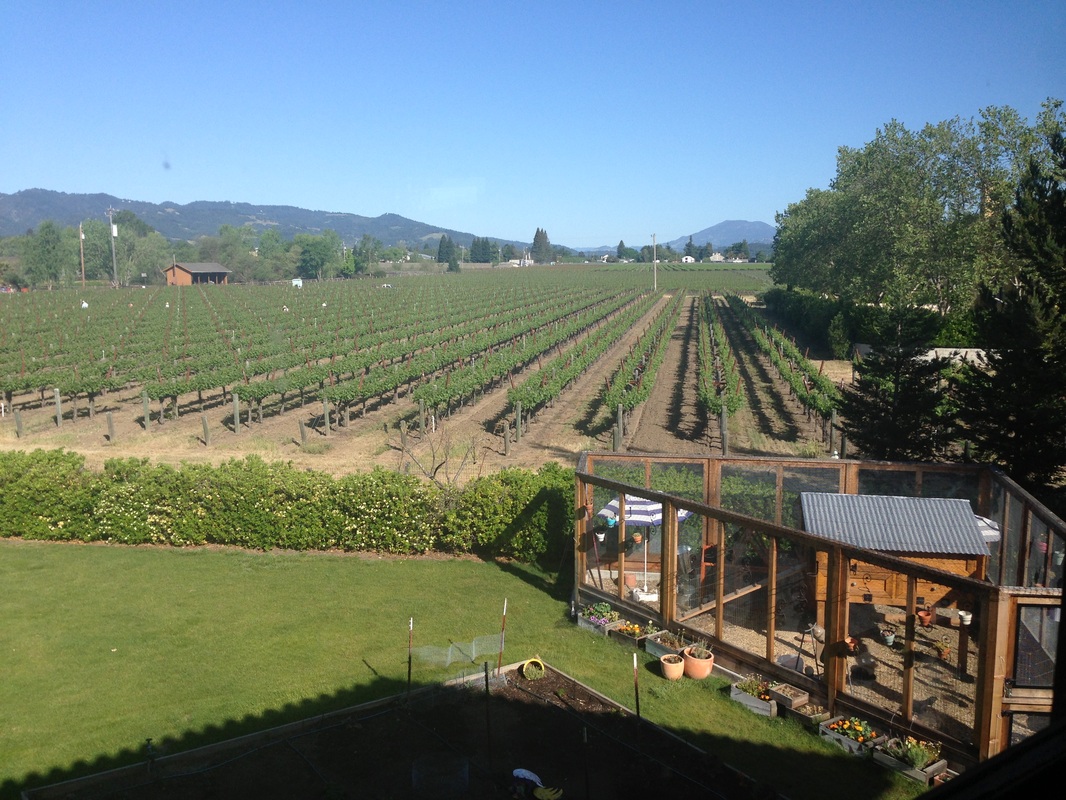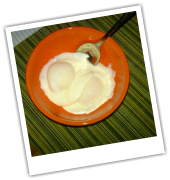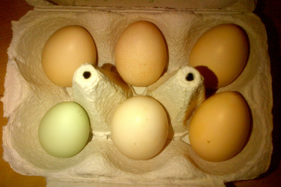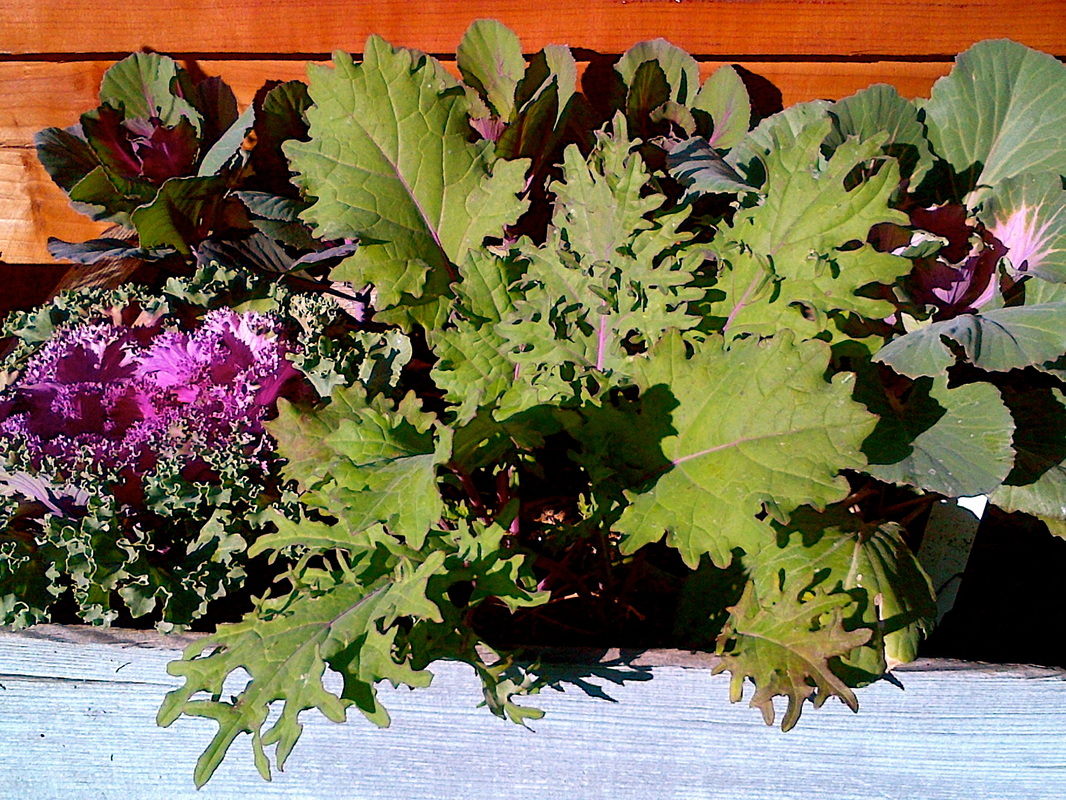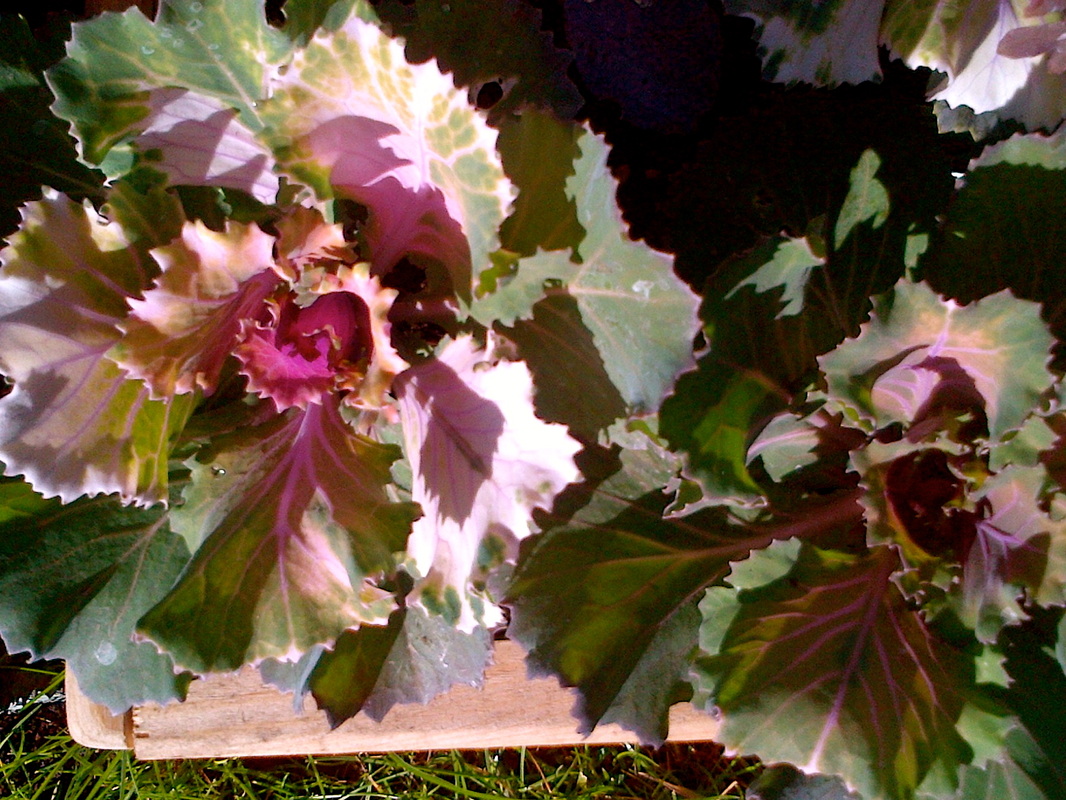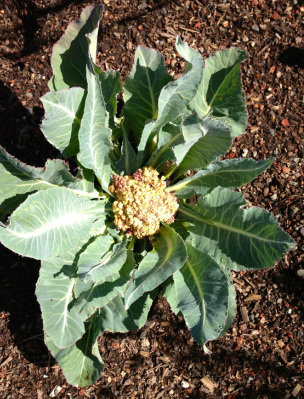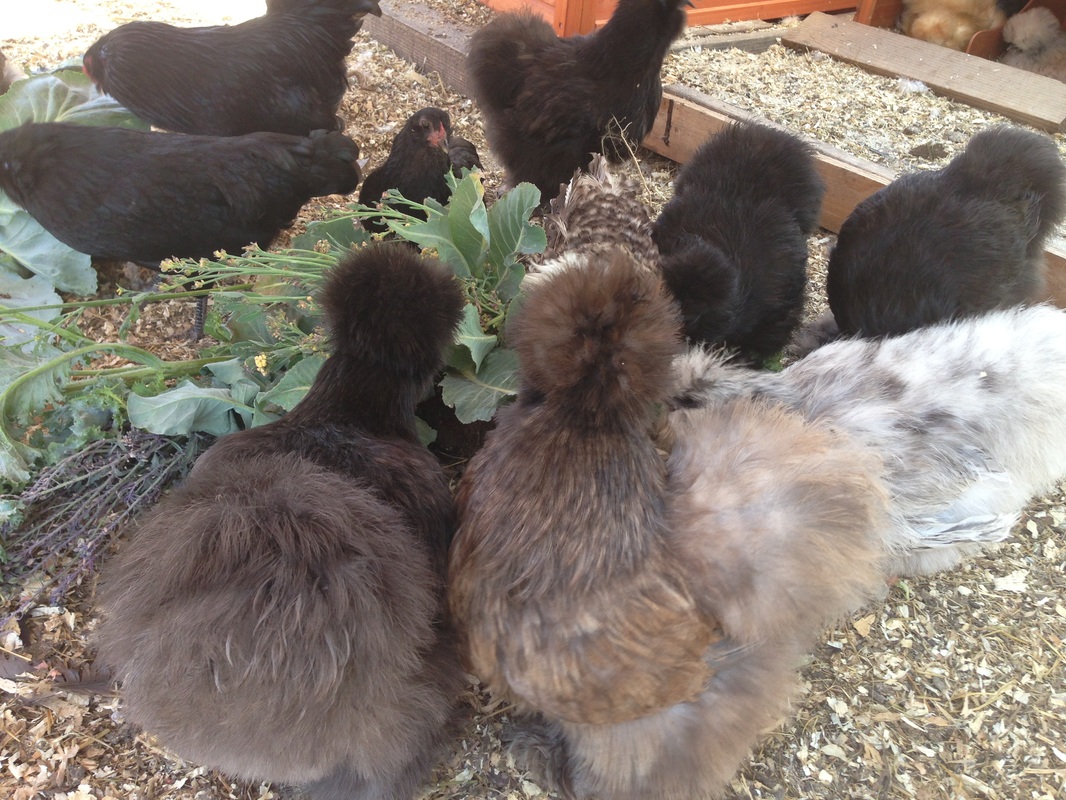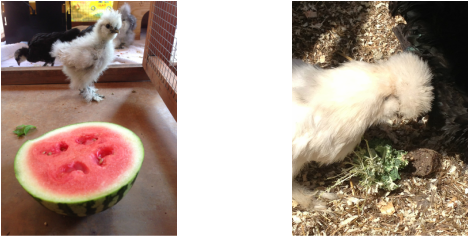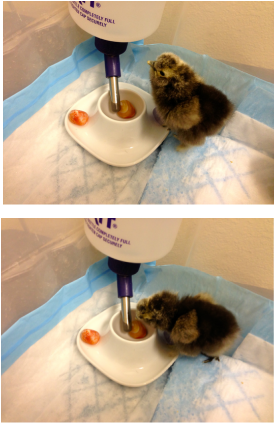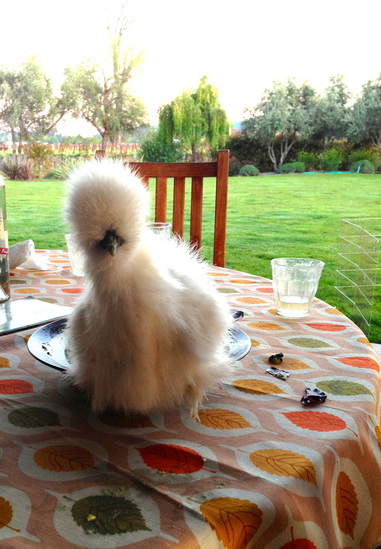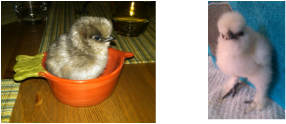*this is meant to be a simple, helpful guideline, not a poultry manifesto- use your own personal judgement when it comes to caring for your flock* |
Basic (and not-so-basic) chicken care:
Bantam chickens are great for so many reasons: their tiny size, generally sweet disposition, and overall hug factor :)
|
|
Housing:
Bantam poultry need ample shelter to protect them from the elements- and especially predators. They cannot defend themselves, and some have such fluffy heads they can barely see!
|
|
A great resource for coops & managing your flock is www.backyardchickens.com |
Bantam chickens require lots of love, fresh air, clean water and more than adequate shelter- but one of the most important components for any creature is diet. This is crucial from the day the chicks are born throughout all the stages of their lives. |
|
Feeding your chicken:
|
Once they are grown, they can eat standard layer chicken feed- but our girls get a special Omega-3 rich blend to give them beautiful plumage and an extra spring in their step! We supplement with kelp, kale, flax seed, and quinoa. As our mini farm has evolved, we have created a system to provide sustenance for our human family, as well as our chickens! Nothing is cuter than a fluffy silkie dancing around with their furry little feet!
|
*CHICK MASH*
Baby Chicks need to have a special diet to ensure they have all the nutrients they need to thrive. All chicks are pretty resilient, however because Silkies are such tiny little bantams, they need more than adequate vitamins & minerals in their feed. Chicks under 3 weeks old also have a propensity for "pasting up" on their little bums. They are fluffy! They can't wipe their own little bums ;) It's gross, but a pasty butt can kill a chick. Before bringing your new chicks home, I recommend you purchase the following items to make a "Chick Mash" or just have available at any time if your new additions require a little extra somethin' besides just dry chick starter feed. THIS MASH IS NOT TO BE USED ALL THE TIME- IT IS A SUPPLEMENT! But, using this blend will really help keep your chicks healthy & hopefully cut down on any problems down the road. When I have fussy or special needs chicks, this mash always comes in handy. It's organic, and easy to prepare.
The molasses & apple cider vinegar water can be made in huge gallon batches if necessary & stay in the fridge for a couple days. Super easy. Pour the "tonic" in with the dry pellets and mix it up until it looks like disgusting dog food. Yum! I like to cut up cardboard egg cups to serve my mash to the chicks. Fill up the cups, put it in their brooder-- watch the frenzy. Easy to throw away.
*Apple Cider Vinegar (Braggs, or Heinz Organic)
|


